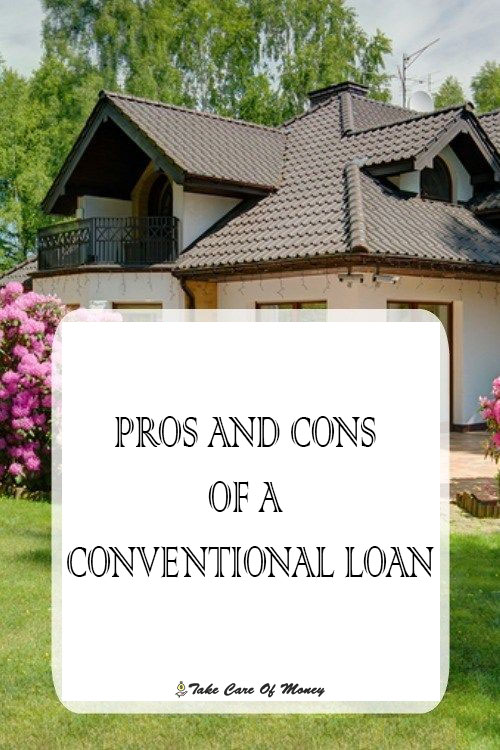Table of Contents
A conventional loan is one that has no government ties such as those offered with the support of the Department of Veterans Affairs or the Federal Housing Authority. There are two types of conventional loans that include a secured loan, which means that one has an unsecured collateral loan or signature and one that is based on the creditworthiness and financial situation of the borrower. Secured loans are generally offered at lower interest rates than unsecured loans. As for conventional loans, the term applies to mortgage loans and they have pros and cons.
Initial payment
A point on the side in favor of a conventional mortgage loan is that capital accumulates faster due to the higher initial upfront payment. A disadvantage is that the higher down payment makes it more difficult for some consumers to obtain a conventional loan. With the highest expected payment on a conventional mortgage loan, as much as 20 percent in many cases, the lender cannot require the borrower to have private mortgage insurance (PMI), which can be an advantage. . On the contrary, if the borrower does not have a substantial down payment, the PMI is likely to be required and the borrower must then meet the requirements of a mortgage insurance provider, which is essentially the same as a double application for the approval of the loan.
Interest rates
A disadvantage of conventional loans for borrowers with lower credit ratings translates into higher interest rates and commissions often become part of the loan terms. The lender can also demand a higher interest rate if it allows the borrower to include part of the closing costs in the loan. Conventional loans can also lead to higher interest rates than some government loan programs. Lenders generally offer conventional loans with a selection of fixed or variable interest rates, with many having fixed rates for a certain number of years. This can be an advantage for borrowers. On the negative side, adjustable rate loans can lead to fluctuations in monthly payments.
Terms and Conditions
An advantage for conventional loans is that lenders may be more willing to negotiate the conditions of a government-backed loan where the lender must follow the standard guidelines. In addition, a conventional loan, on average, is processed faster than a government-backed mortgage, such as through the FHA. The points on the negative side of the argument is that borrowers may be required to pay a non-refundable fee at the time of applying for the loan and if the terms of a conventional loan are approved, this may include a rigid penalty for prepayment, that is , the borrower will be subject to this charge if the loan is repaid in advance.
Solvency
With a conventional loan, the rating decision belongs exclusively to the lender and there may be fewer restrictions on the applicant’s personal financial situation than that of a government-backed loan. On the negative side, a bankruptcy or foreclosure of a house in the past can significantly reduce a borrower’s potential chances of obtaining a conventional loan. Many lenders require a long waiting period in which the consumer is expected to repair the credit. An advantage and disadvantage of a conventional loan is that lenders consider the applicant’s debt-to-earnings ratio, the ratio of the amount of money required to meet the debt obligations each month, such as car loans and credit card payments and the amount of gross monthly income earned. The lower the EBT-income ratio, the better conditions the borrower can offer.
